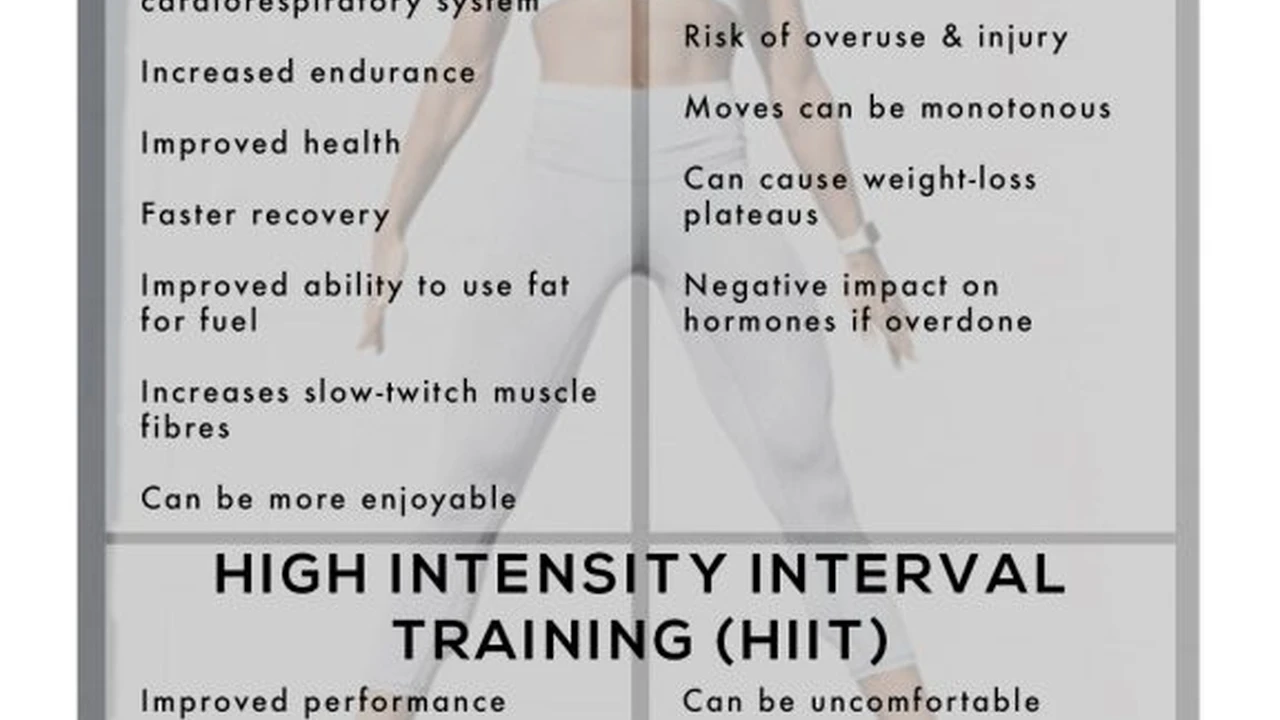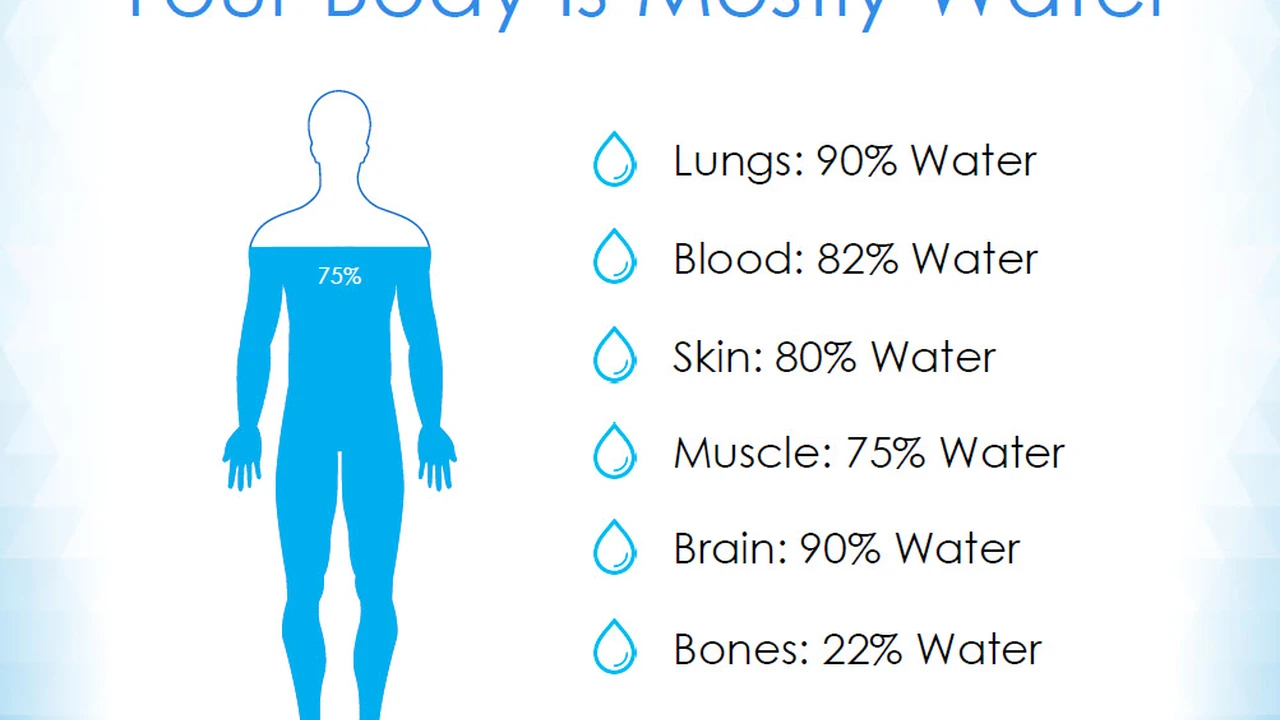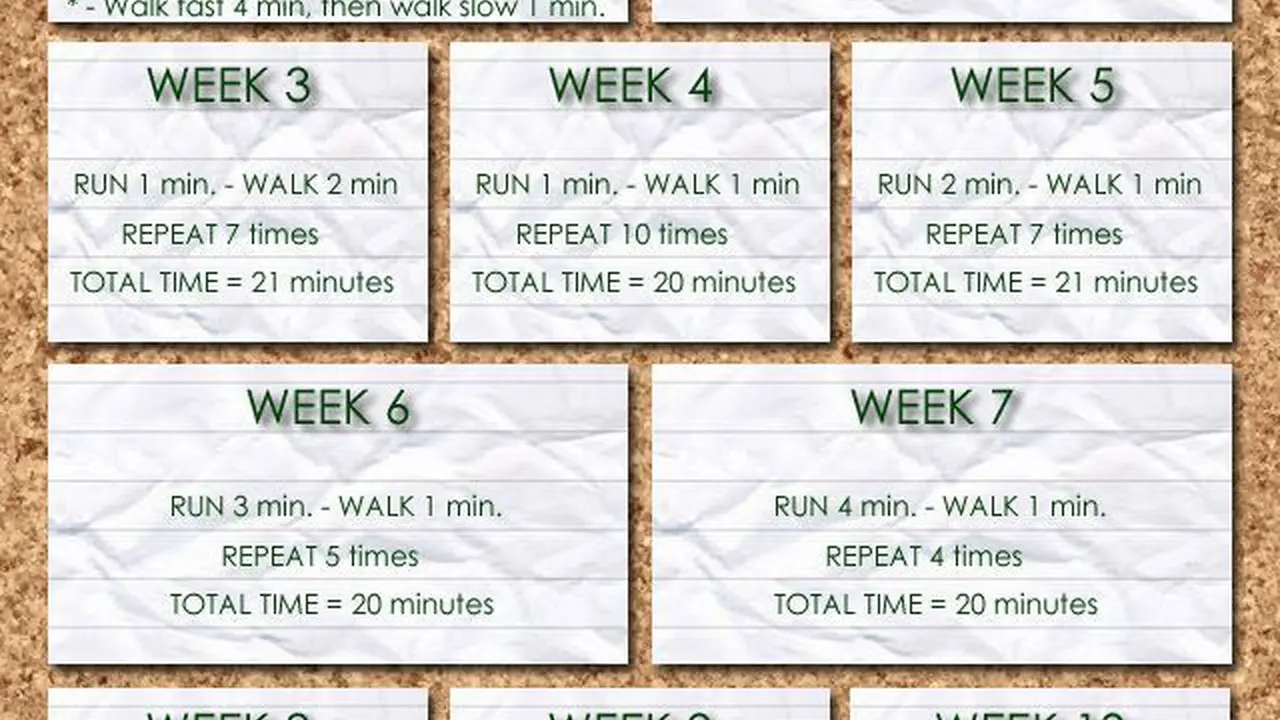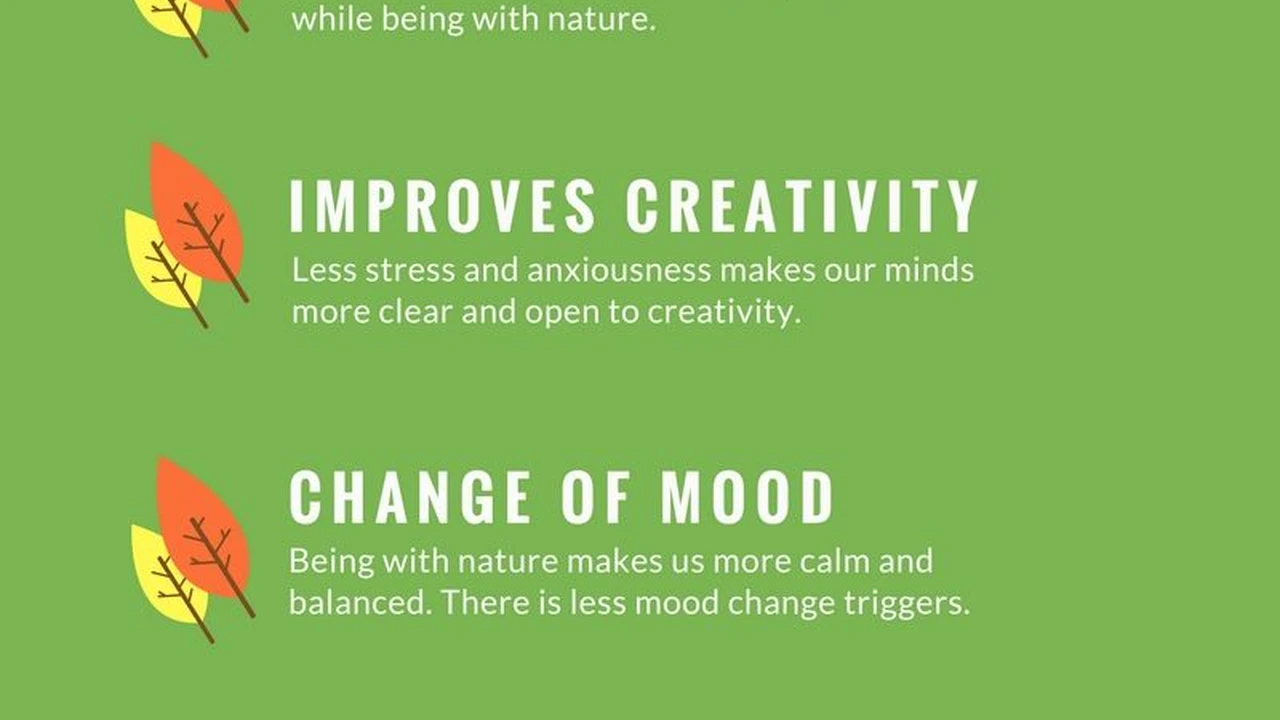Comparing HIIT vs. Steady-State Cardio: Which is Better?
Unlock your potential with these 5 proven time management techniques. Learn how to prioritize tasks, eliminate distractions, and boost your productivity. Discover actionable tips and product recommendations to optimize your workflow.

Introduction to Time Management and Productivity Improvement
Time is a precious resource, and mastering how to manage it effectively is crucial for success in both your personal and professional life. Time management isn't just about doing more; it's about doing the right things, in the right order, and at the right time. By implementing effective time management techniques, you can significantly boost your productivity, reduce stress, and achieve your goals more efficiently. Let's dive into some strategies that can help you take control of your time and maximize your potential.
Technique 1: Prioritization with the Eisenhower Matrix for Efficient Task Management
The Eisenhower Matrix, also known as the Urgent-Important Matrix, is a powerful tool for prioritizing tasks based on their urgency and importance. This technique helps you distinguish between activities that demand immediate attention and those that contribute to your long-term goals. By categorizing tasks using the matrix, you can focus your energy on the most impactful activities and avoid getting bogged down by less critical demands.
Understanding the Four Quadrants of the Eisenhower Matrix
The Eisenhower Matrix consists of four quadrants:
- Quadrant 1: Urgent and Important. These are tasks that require immediate attention and contribute significantly to your goals. Examples include dealing with crises, meeting deadlines, and addressing urgent problems.
- Quadrant 2: Important but Not Urgent. These are activities that are essential for long-term success but don't require immediate attention. Examples include planning, relationship building, preventive maintenance, and exercise. This is where you should spend most of your time.
- Quadrant 3: Urgent but Not Important. These are tasks that demand immediate attention but don't contribute significantly to your goals. Examples include interruptions, some meetings, and certain emails. Delegate these tasks whenever possible.
- Quadrant 4: Neither Urgent nor Important. These are activities that are neither urgent nor important and should be eliminated. Examples include time-wasting activities, social media browsing, and unnecessary meetings.
Implementing the Eisenhower Matrix for Optimal Productivity
To use the Eisenhower Matrix effectively:
- List all your tasks. Write down everything you need to accomplish.
- Categorize each task into one of the four quadrants. Be honest with yourself about the urgency and importance of each task.
- Take action based on the quadrant.
- Do tasks in Quadrant 1 immediately.
- Schedule time for tasks in Quadrant 2.
- Delegate tasks in Quadrant 3 if possible.
- Eliminate tasks in Quadrant 4.
- Review and adjust regularly. Reassess your tasks and adjust your priorities as needed.
Technique 2: The Pomodoro Technique for Focused Work Sessions
The Pomodoro Technique is a time management method that involves breaking down work into focused intervals, typically 25 minutes in length, separated by short breaks. This technique helps you maintain focus, reduce mental fatigue, and improve overall productivity. The Pomodoro Technique is particularly effective for individuals who struggle with procrastination or find it difficult to concentrate for extended periods.
How to Apply the Pomodoro Technique for Increased Concentration
- Choose a task to focus on. Select one specific task to work on during the Pomodoro session.
- Set a timer for 25 minutes. Use a timer app or physical timer to track your work intervals.
- Work on the task until the timer rings. Focus solely on the task and avoid distractions.
- Take a short break (5 minutes). Step away from your work and do something relaxing, such as stretching, getting a drink, or taking a short walk.
- Repeat steps 2-4 four times. This completes one "Pomodoro cycle."
- Take a longer break (20-30 minutes). After completing four Pomodoro cycles, take a longer break to recharge.
- Repeat the entire process. Continue working in Pomodoro cycles until you complete your task or finish your workday.
Recommended Pomodoro Timer Apps and Tools for Efficient Workflow
Several apps and tools can help you implement the Pomodoro Technique:
- Focus To-Do (iOS, Android, Windows, Mac): A popular Pomodoro timer app with task management features, allowing you to track your progress and stay organized.
- Forest (iOS, Android): A gamified Pomodoro timer app that encourages you to stay focused by planting virtual trees that grow while you work. If you get distracted and leave the app, the tree dies.
- Toggl Track (Web, iOS, Android, Desktop): A time tracking tool that integrates with the Pomodoro Technique, allowing you to monitor how much time you spend on different tasks.
- Marinara Timer (Chrome Extension): A simple and customizable Pomodoro timer that runs in your Chrome browser.
Technique 3: Time Blocking for Structured Days and Enhanced Focus
Time blocking is a time management technique that involves scheduling specific blocks of time for particular tasks or activities. This method helps you allocate your time intentionally, ensuring that you dedicate sufficient time to your priorities. By creating a visual schedule, you can gain a clearer understanding of how you spend your time and identify areas for improvement.
Creating a Time Blocking Schedule for Maximum Efficiency
- List your tasks and activities. Write down everything you need to accomplish, including work tasks, personal appointments, and leisure activities.
- Estimate the time required for each task. Be realistic about how long each activity will take.
- Allocate time blocks in your calendar. Schedule specific blocks of time for each task or activity, taking into account your priorities and energy levels.
- Stick to your schedule as closely as possible. Treat your time blocks as appointments and avoid scheduling conflicts.
- Review and adjust regularly. Reassess your schedule and make adjustments as needed based on your progress and priorities.
Digital and Physical Time Blocking Tools for Organization and Planning
Several tools can assist you in creating and managing a time blocking schedule:
- Google Calendar: A versatile digital calendar that allows you to create and manage time blocks, set reminders, and share your schedule with others.
- Microsoft Outlook Calendar: Another popular digital calendar with similar features to Google Calendar.
- Trello: A project management tool that can be used for time blocking by creating boards and lists to represent different time blocks and tasks.
- Physical Planner or Notebook: A traditional option for time blocking, allowing you to create a visual schedule using pen and paper.
Technique 4: The Two-Minute Rule for Overcoming Procrastination and Building Momentum
The Two-Minute Rule is a simple but effective technique for overcoming procrastination and building momentum. The rule states that if a task takes less than two minutes to complete, you should do it immediately. This technique helps you avoid accumulating small tasks that can quickly become overwhelming. By tackling these tasks right away, you can maintain a sense of accomplishment and prevent procrastination from taking hold.
Applying the Two-Minute Rule to Daily Tasks and Projects
Here are some examples of how to apply the Two-Minute Rule:
- Respond to a quick email. If you can answer an email in less than two minutes, do it immediately.
- File a document. Take a moment to file a document instead of letting it pile up.
- Make a phone call. If you need to make a quick phone call, do it right away.
- Wash a dish. Don't let dirty dishes accumulate; wash them as soon as you're done using them.
- Start a larger task. Use the Two-Minute Rule to break down larger tasks into smaller, more manageable steps. For example, if you need to write a report, start by writing a two-minute outline.
Breaking Down Larger Tasks with the Two-Minute Rule for Easy Start
The Two-Minute Rule can also be used to overcome the initial resistance to starting a larger task. By breaking down the task into a smaller, two-minute action, you can make it easier to get started and build momentum. For example, instead of thinking about writing an entire report, focus on writing just the introduction for two minutes. Once you start, you may find it easier to continue working on the task.
Technique 5: Eliminating Distractions for Deep Work and Increased Efficiency
Distractions are a major obstacle to productivity. Whether it's social media notifications, email alerts, or noisy coworkers, distractions can disrupt your focus and significantly reduce your efficiency. Eliminating distractions is essential for creating an environment that supports deep work and allows you to concentrate on your tasks.
Identifying Common Distractions and Implementing Strategies to Minimize Them
Common distractions include:
- Social Media. Turn off notifications and avoid browsing social media during work hours.
- Email. Set specific times for checking and responding to emails instead of constantly monitoring your inbox.
- Phone Calls. Put your phone on silent or airplane mode to avoid interruptions.
- Noisy Environment. Use noise-canceling headphones or find a quiet workspace.
- Multitasking. Focus on one task at a time instead of trying to juggle multiple activities.
Recommended Apps and Tools for Blocking Distractions and Enhancing Focus
Several apps and tools can help you block distractions and improve your focus:
- Freedom (iOS, Android, Windows, Mac): An app that blocks distracting websites and apps, allowing you to focus on your work.
- Cold Turkey Blocker (Windows, Mac): A website blocker that helps you stay focused by preventing you from accessing distracting websites.
- Brain.fm (Web, iOS, Android): A music app that uses AI-generated music to improve focus and concentration.
- Noise-Canceling Headphones: Physical tools that block out external noise and create a quiet working environment. (e.g., Sony WH-1000XM5, Bose QuietComfort 45) Price Range: $300-$400. Comparison: Sony offers superior noise cancellation, while Bose provides a more comfortable fit for some users.
Product Recommendations for Time Management and Productivity
Here are some product recommendations to help you implement these time management techniques:
- Timeular: A physical time tracking device that allows you to easily track how you spend your time by assigning tasks to different sides of the device. Use Case: Ideal for freelancers and consultants who need to track their billable hours. Price: Approximately $300.
- Remarkable 2: A digital notebook that mimics the feel of writing on paper, allowing you to take notes, sketch, and organize your thoughts without distractions. Use Case: Perfect for students and professionals who prefer handwriting over typing. Price: Approximately $400. Comparison: Offers a more natural writing experience compared to tablets like the iPad with Apple Pencil.
- Standing Desk Converter: A device that allows you to convert your existing desk into a standing desk, promoting better posture and increased energy levels. Use Case: Beneficial for individuals who spend long hours sitting at a desk. Price Range: $150-$300. Comparison: Offers a more affordable alternative to purchasing a full standing desk.
- Focus@Will: A music streaming service that provides scientifically designed music to enhance focus and concentration. Use Case: Helps individuals stay on task and avoid distractions while working. Price: Subscription-based, starting at $9.99 per month.
Key Takeaways for Effective Time Management
Implementing these time management techniques can significantly improve your productivity and help you achieve your goals more efficiently. Remember to prioritize tasks, break down work into manageable intervals, eliminate distractions, and use the tools that work best for you. By taking control of your time, you can reduce stress, increase your focus, and unlock your full potential.
:max_bytes(150000):strip_icc()/277019-baked-pork-chops-with-cream-of-mushroom-soup-DDMFS-beauty-4x3-BG-7505-5762b731cf30447d9cbbbbbf387beafa.jpg)






